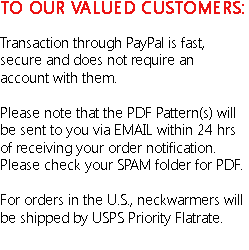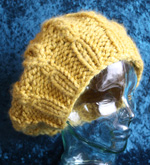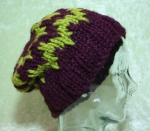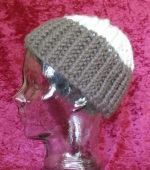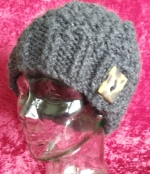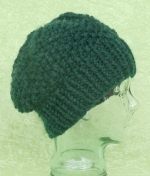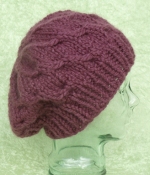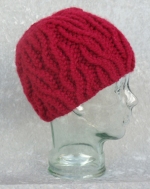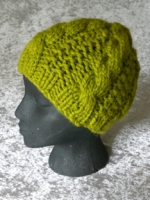These large, long-haired, horned mammals may look like oxen, but the Arctic musk ox is closely related to sheep and goats. The musk ox live in the frozen tundra of the Arctic circle and are the only hoofed animals that live this far north. With hunting as the cause of its near extermination in the late 19th and early 20th century, the musk ox in Alaska survives today owing to a population that was introduced from Greenland in 1934. From this Alaskan stock, small groups of musk ox were then used to establish populations in Norway and Russia.
The musk ox has a two-layered coat– a longer outer wool and a soft-downy underwool that is shed every spring. This latter layer is called “qiviut” (pronounced “kiv-ee-ute”), Inuit for “down,” which is combed out or plucked from the coat of the musk ox or off the ground and other objects that the animal may have brushed against, since unlike sheep, these animals are not sheared. The cleaned qiviut is then spun into yarn which is then washed in warm water.
As a fiber, qiviut is finer and softer than cashmere in fact, it is said to be the finest natural fiber known to man. It is eight times warmer than wool and unlike wool, qiviut is stronger, hypoallergenic, and non-irritating to the skin. It will not shrink in any temperature of water, does not shed, is odorless, retains warmth even when wet and yet lightweight.
Though not used for felting, it is commonly used for making hats and scarves which will last for over 20 years with care. Qiviut is very expensive; a small, 1-oz ball of yarn costs almost $100 USD.



